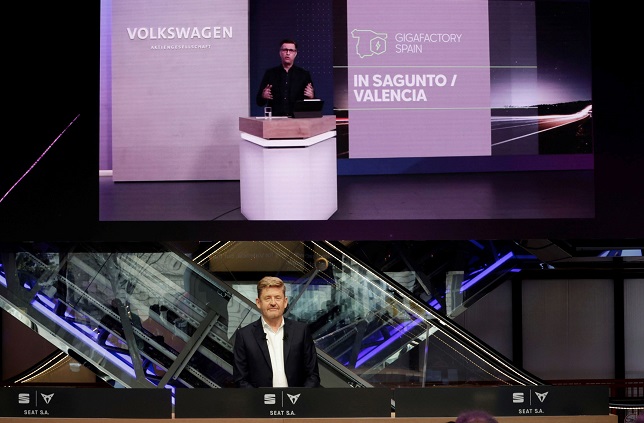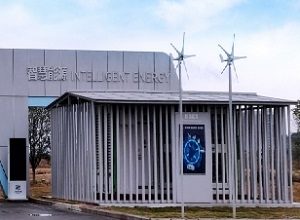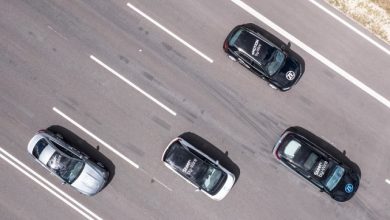Volkswagen Group and SEAT reveal electrification plan for Spain

Electrifying Spain by creating a European Electric Vehicle Hub, building up a battery cell production and full, sustainable E-ecosystem: These are the goals of Volkswagen Group and SEAT for the Iberian Peninsula. The Group declared its plan to apply to the Electric Vehicle PERTE program after the Spanish government announced to open the call for applications on April 1st, 2022. The ‘Future Fast Forward’ program would include a total investment of more than 7 billion euros together with external suppliers along the entire value chain of e-mobility. Furthermore, Volkswagen announced Valencia as the dedicated location for a new battery cell factory in Spain. All plans are still subject to final approvals, foremost the PERTE submission.
“This project is highly important – for Volkswagen, for Spain, and for the whole of Europe. It’s our ambition to electrify Spain and we are willing to invest more than seven billion euro together with external suppliers for the electrification of our Martorell and Pamplona plants and the localization of the battery value chain in Valencia”, said Thomas Schmall, member of the Volkswagen AG Board of Management responsible for Technology and chairman of the SEAT S.A. Board of Directors.
“‘Future Fast Forward’ has the potential to transform the Spanish automotive industry and democratize electric mobility across Europe. The more than 7 billion euros Volkswagen Group and SEAT S.A. would mobilize for Future: Fast Forward would represent the largest industrial investment in Spanish history”, said Wayne Griffith, president of SEAT.
Gigafactory Valencia would be Volkswagen’s second location after Salzgitter and the first one outside of Germany. “In Valencia, we are planning to build up nothing less than next-generation cell production: A standardized factory, producing Volkswagen’s cutting-edge unified cell and supplied with renewable energy, enabling a sustainable battery production. It will create a strong pulling effect in the whole battery value chain in Spain and beyond”, said Schmall.
The selection process was tough and Valencia emerged as the strongest location based on more than 100 criteria such as qualified workforce, public support, good logistic connections and green energy. Volkswagen aims for a production capacity of 40 GWh annually and plans to employ more than 3,000 people in Valencia. The timeline is tight: To be ready to start production in 2026, construction of the plant should begin by the end of the year. The first milestone must be the positive outcome of the PERTE submission and finalized permits.
Thomas Schmall: “Transforming an entire industry is a huge challenge. To be competitive in the new electric world, we now have to raise productivity in our Spanish car production. And we need to qualify many of our people for new tasks, including battery development and production. This calls for a lot of flexibility by everyone and a possible change of jobs. But the important news is: The overall effect on employment will be positive – despite the faster assembly times in the electric car manufacturing. If we do it right and get the right support by the Spanish government, we will be able to create additional jobs in this transition for Spain.”
In total, Volkswagen plans to build six Gigafactories in Europe with an annual capacity of 240 GWh together with partners. The group’s demand for premium cells will be met by Northvolt in Skellefteå, Sweden. To speed up the roll-out of all further cell factories coming up for Europe, Volkswagen has founded a European corporation for cell development and manufacturing and keeps the option open to integrate partners or investors. Its center of gravity – and a blueprint for all following plants – will be the Salzgitter plant in Germany starting production in 2025.




